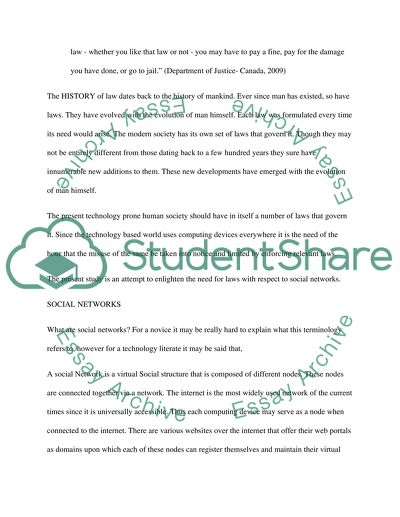Cite this document
(Social Network Criminal Investigation Report Example | Topics and Well Written Essays - 2500 words, n.d.)
Social Network Criminal Investigation Report Example | Topics and Well Written Essays - 2500 words. https://studentshare.org/law/1392663-computer-ethics-and-law
Social Network Criminal Investigation Report Example | Topics and Well Written Essays - 2500 words. https://studentshare.org/law/1392663-computer-ethics-and-law
(Social Network Criminal Investigation Report Example | Topics and Well Written Essays - 2500 Words)
Social Network Criminal Investigation Report Example | Topics and Well Written Essays - 2500 Words. https://studentshare.org/law/1392663-computer-ethics-and-law.
Social Network Criminal Investigation Report Example | Topics and Well Written Essays - 2500 Words. https://studentshare.org/law/1392663-computer-ethics-and-law.
“Social Network Criminal Investigation Report Example | Topics and Well Written Essays - 2500 Words”. https://studentshare.org/law/1392663-computer-ethics-and-law.


